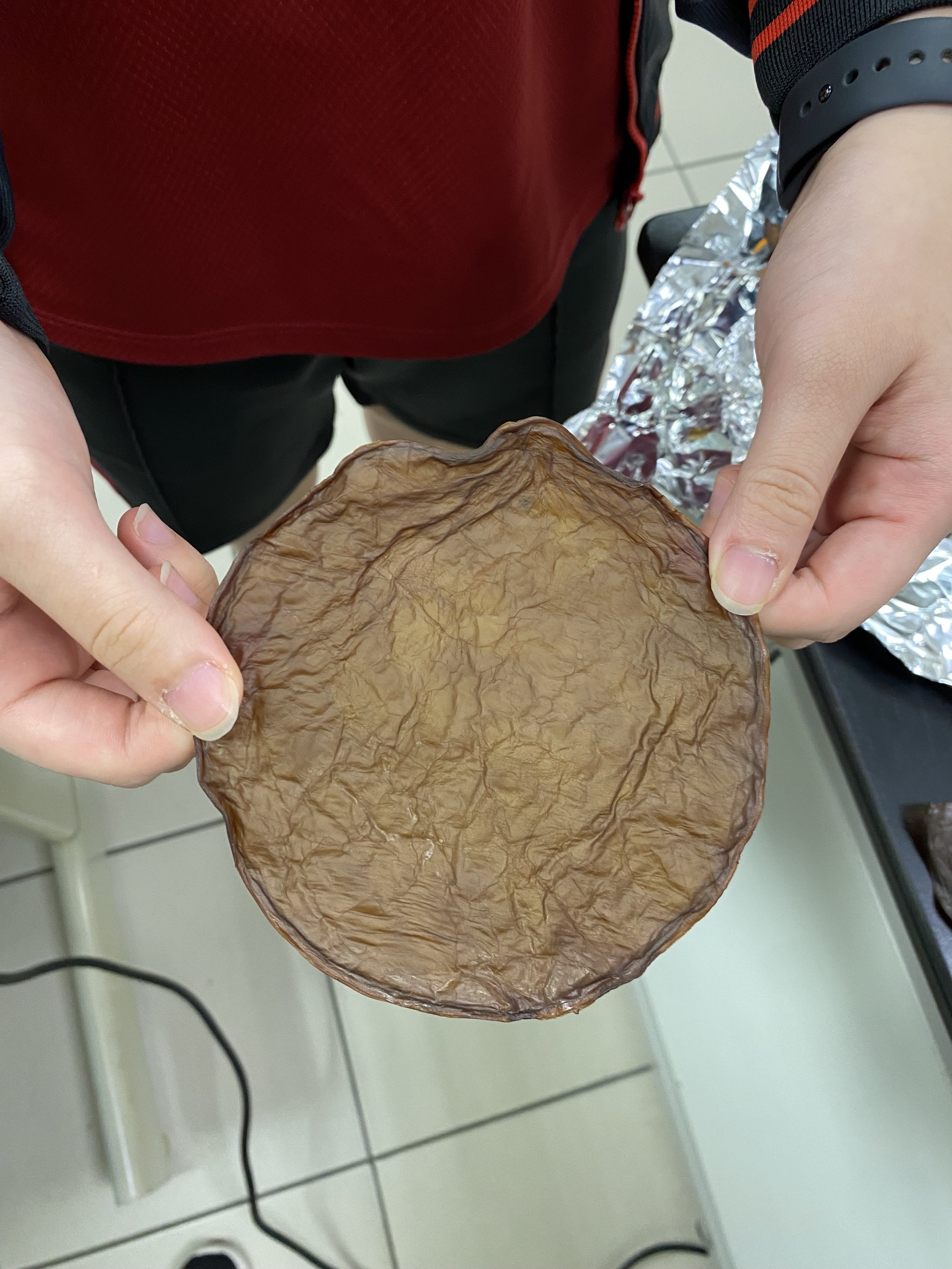Revolutionizing the fashion and cosmetics industries with synthetic biology
“The fashion and beauty industries will benefit from a biological revolution that could transform value chains, change society and potentially mitigate pressure on the environment.”
The future of the fashion and cosmetics industries may well lie in the hands of the future leaders of synthetic biology. These consumer-driven industries touch the lives of almost everyone on earth, but they also use massive amounts of raw materials and have an immense negative impact on the environment.
At iGEM, teams are using synthetic biology to help move the fashion and cosmetics industries into a new, more sustainable, and animal cruelty-free era. Here are just a few examples of iGEM team projects that could usher in the next revolution in fashion and cosmetics:
BioCouture
Imperial College 2008 (United Kingdom) produced bacterial cellulose that was used to produce clothes – BioCouture – in collaboration with Suzanne Lee, a Senior Research Fellow at Central Saint Martins School of Art & Design. Best Manufacturing Project, Gold Medal, Undergrad Division.
PROGRAMMING SYNTHETIC SILK
UCLA 2014 (United States) engineered bacteria to produce hybrid silk proteins with a spectrum of strength and extensibility. Bronze Medal, Undergrad Division.
aSTARice: astaxanthin biosynthesis in rice endosperm
SCAU-China 2016 (China) engineered rice to produce astaxanthin, a natural keto-carotenoid that is widely used in cosmetics and health products. 2nd Runner-up, Best New Application Project, Best Plant Synthetic Biology Project, Gold Medal, Undergrad Division.
Cerberus
Toulouse-INSA-UPS 2018 (France) aimed to create a “three-headed” protein that could attach to cellulose in order to enable the creation of innovative fabrics. Nominated for Best Manufacturing Project, Winner Best New Basic Part, Gold Medal, Undergrad Division.
SPIDERMAN: SPIDroin EngineeRing with chroMoprotein And Natural dye
GreatBay_SZ 2019 (China) provided a novel approach for cloth production and explored new possibilities for spider silk applications. Grand Prize Winner, Gold Medal, High School Division.
Shinescreen: A Novel, Reef-Safe Probiotic Sunscreen
St_Andrews 2020 and St_Andrews 2021 (United Kingdom) engineered “Shinescreen” – a probiotic sunscreen could have a significant positive impact on coral reef ecosystems and the surrounding marine environment. Gold Medal and Silver Medal, Undergrad Division.
Mini.Ink
Paris Bettencourt 2021, Figure 9: A white cotton textile(a), dyed with indigo produced with bacteria without purification (b), dyed with indigo produced with bacteria with purification (c)
Paris_Bettencourt 2021 (France) used bacterial minicells to produce indigo pigment and found a method to safely dye textile without purification or addition of chemicals. Best Manufacturing Project, Gold Medal, Overgrad Division.
Elixio
Toulouse_INSA-UPS 2021, Figure 5: ELIXIO, a synthetic microbial consortium for sustainable violet fragrances.
Toulouse_INSA-UPS 2021 (France) developed “ELIXIO” – a synthetic consortium involving engineered yeast and cyanobacteria for the sustainable production of violet fragrances. Grand Prize Winner, Gold Medal, Undergrad Division.
Neoleathic Age
LINKS_China 2021 (China) created a sustainable and humane leather substitute using bacterial cellulose produced by co-culturing yeast, kombucha, and E. coli. Grand Prize Winner, Top 10, Gold Medal, High School Division.
Tyrian purple evolution
SUSTech-Shenzhen 2022 (China) optimized enzymes used in the biosynthesis of precious color Tyrian purple in bacteria as a more sustainable approach to the dyeing process in the fashion industry. Bronze Medal, Undergrad Division.
SUSTech-Shenzhen 2022, FIGURE 8: Relatively pure Tyrian (left) and indigo (right) solid precipitation by diluting DMSO with water.
SUSTech-Shenzhen, 2022 FIGURE 9: Fabric dyed with Tyrian purple
Exullose: unlocking the potential of biomaterials
Vilnius-Lithuania 2023, Fig. 29: Bacterial cellulose-PHB composite. A - (control) unmodified bacterial cellulose, B - bacterial cellulose-PHB composite.
Vilnius-Lithuania 2023 (Lithuania) engineered “Exullose” – a collection of synthetic biology tools to modify the composition of bacterial cellulose. Finalist, Nominated for Best Manufacturing Project, Undergrad Division.
KCIS-Xiugang-Taipei 2023: Dried SCOBY
Brew to First Aid: An environmental-friendly answer to leather
KCIS-Xiugang-Taipei 2023 (Taiwan) created a durable leather substitute by incorporating cellulose binding domains, which act as a glue between the cellulose in SCOBY (symbiotic culture of bacteria and yeast) and spider silk proteins. Silver Medal, High School Division.
We are proud of all the iGEM teams that have contributed to the fashion and cosmetics industries through their projects, and look forward to the exciting ideas and innovations of this year’s teams!
See the latest advances in synthetic biology for fashion and cosmetics at the 2024 Grand Jamboree Fashion and Cosmetics Village.
iGEM Teams should submit final Village selections by June 21, 2024. competition.igem.org/deliverables/village-selection

















